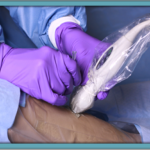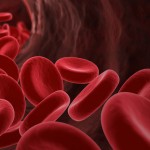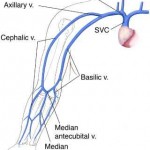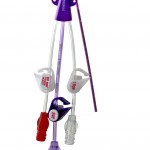AVA Nashville 2013
Attended the AVA Conference for my first time. What a great event. So many nurses, vendors and speakers that all have an interest in improving patient care. Networking was the best part for me. I was very interested in the

Attended the AVA Conference for my first time. What a great event. So many nurses, vendors and speakers that all have an interest in improving patient care. Networking was the best part for me. I was very interested in the

During my visit to China I learned that the Nurses are skilled in PICC line insertion. Some nurses place over 500 PICC lines a year. This is amazing! I have been placing PICC lines for 18 years and I can’t

The Joint Commission E-dition on National Patient Safety Goals states: Implement evidenced-based practices to prevent central line-associated bloodstream infections. Thirteen elements of performance were released in January of 2013. Goal number 13 states: “Evaluate all central venous catheters routinely

Attended the Wisconsin Vascular Access Network quarterly meeting today. The WI chapter of AVA is a great networking media for nurses who care for patients with a Vascular Access Device. We had a guest speaker sponsored by Genentech, Lorelle

Ultrasound use for vascular access is being used more frequently for insertion of several vascular access devices. Using ultrasound for vein access in “difficult” patients can decrease the number of attempts and anxiety for our patients. We have a team

I recently read an article in the Journal of Infusion Nursing, March/April 2013, that really hits home with me. Here is what it had to say: ” Many health care professionals view venipuncture, including the IV catheter insertions, as quick

AJIC February 2013, highlights several articles on central line associated bloodstream infections (CLABSI) an official publication of APIC. The article: “The United States’ progress toward eliminating catheter-related blood stream infections: Incidence, mortality and hospital length of stay from 1996 to

What is your rate of success in placing PICC lines? If you can see and feel the vein, then probably pretty successful. The challenge lies in the patient that has no visible access. The PICC kits usually come with

Infection rates are on the way down, but there is still a lot of work to do to achieve zero percent. ConsumerReports.org reported in Feb 2013: “The new CDC report focuses on three kinds of infections: central-line bloodstream infections in

The Synergy PICC, manufactured by Health Line International Corporation, comes in a complete kit. PICC kits are essential in today’s health care settings. PICC kits come with all the supplies that you need to place the line. The NPSG (National